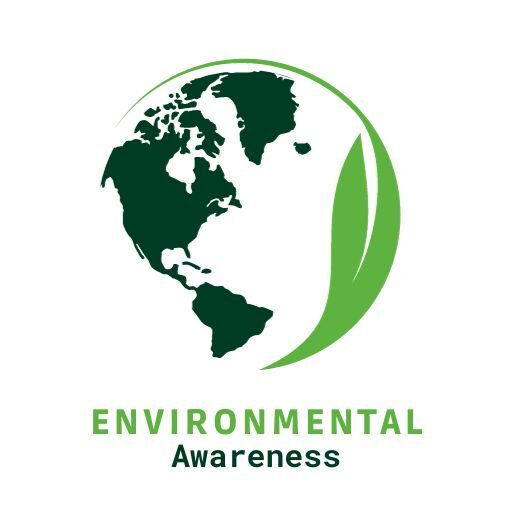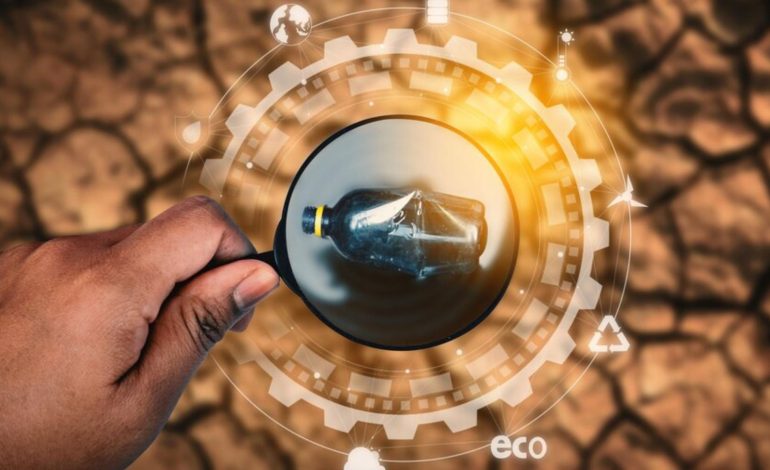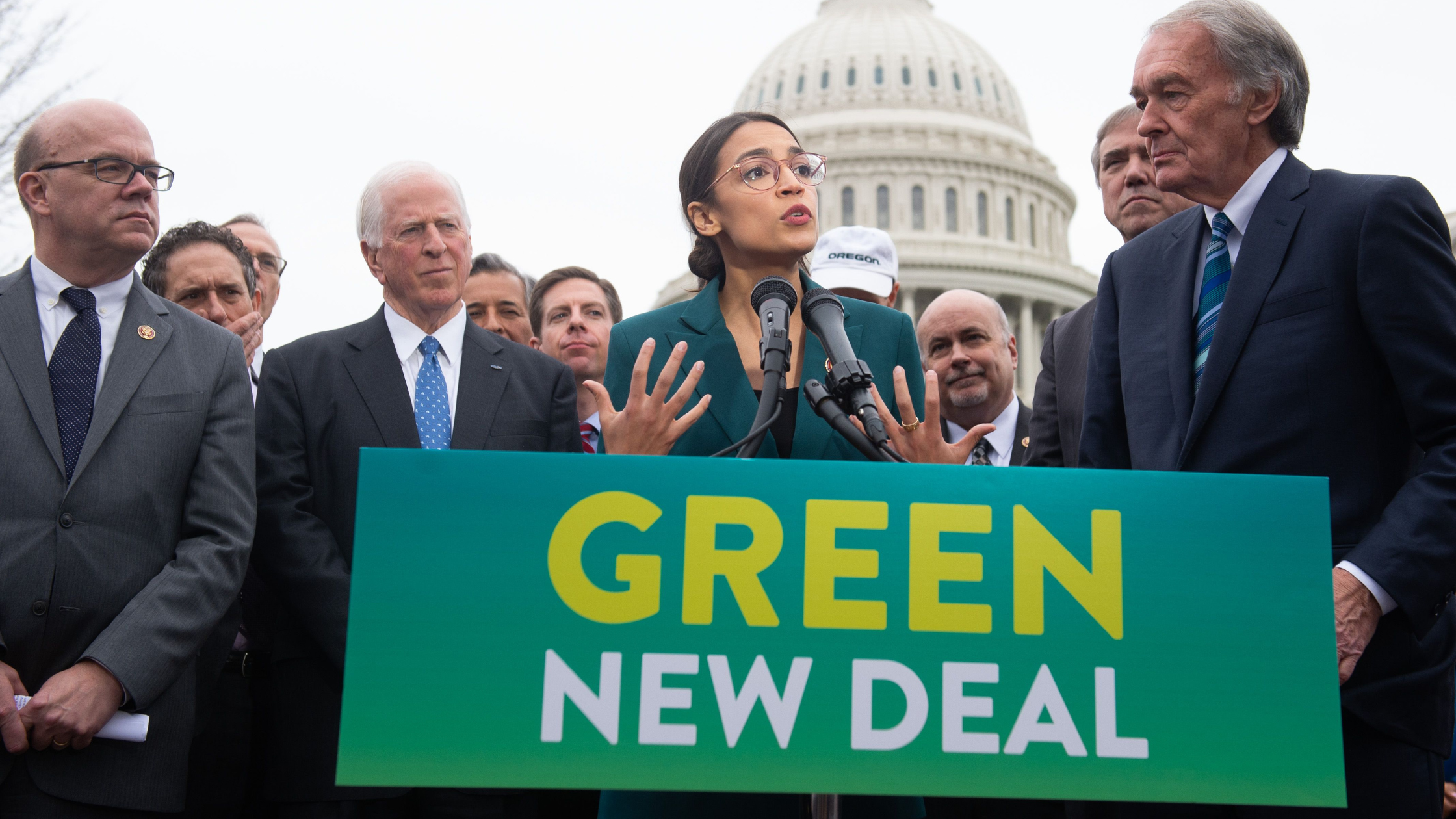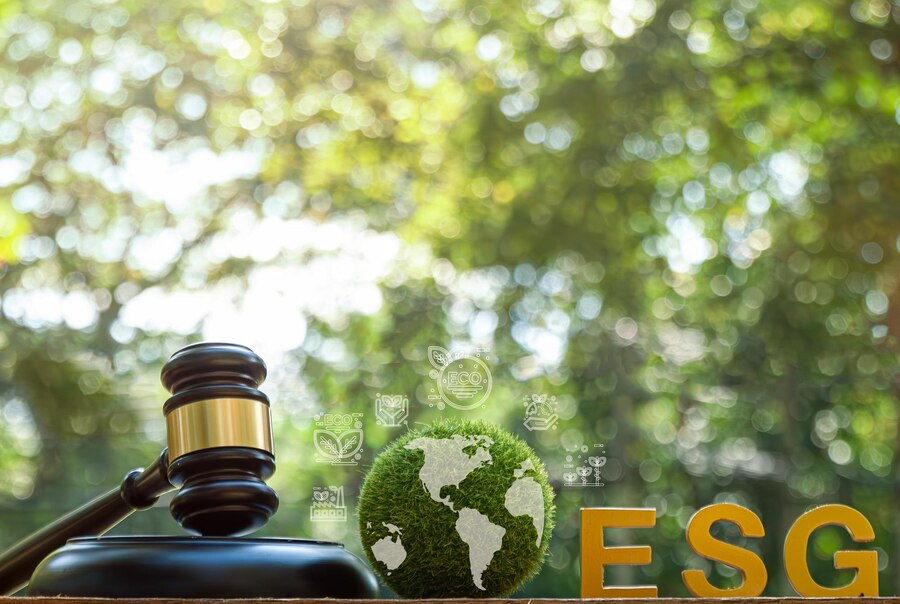
Plastic Pollution Policies: Tackling the Global Plastic Crisis
In today’s world, plastic is used almost everywhere. It’s difficult to envision a world without plastic in terms of toys, medical equipment, packaging, and fabrics. But the environment pays a heavy price for this comfort. The amount of plastic waste has skyrocketed, endangering wildlife, ecosystems, and public health. To Tackle the Global Plastic Crisis, countries all over the world are putting in place a variety of laws and policies targeted at lowering plastic waste and encouraging sustainable alternatives in order to address this issue. We’ll examine the global plastic pollution issue and the Plastic Pollution Policies being passed to address it in this blog.
Understanding the Problem
One of the most important environmental problems of our day is plastic pollution. Millions of tonnes of plastic debris find their way into rivers, seas, landfills, and other natural areas each year. Plastic waste builds up in isolated wilderness regions, floats in the water, and litters beaches. This endangers wildlife in addition to destroying these locations’ natural beauty.
Marine life frequently confuses plastic waste for food, which can result in ingesting it and being entangled. Whales, dolphins, seabirds, and turtles are just a few of the innumerable animals harmed by plastic waste. Additionally, the chemicals found in plastic can seep into the environment, poisoning water and soil resources and endangering public health.
The issue is made worse by the huge volume of plastic produced and consumed. Single-use plastics—like straws, bottles, and bags—are especially hazardous because of their frequent use and brief lifespan. Global plastic output is rising despite greater awareness of the problem, driven by demand from a variety of businesses.
Policy Responses
Governments, international organizations, and civil society organizations are collaborating to create and carry out policies to reduce plastic pollution because they understand how urgent the crisis is. These regulations cover a broad spectrum of tactics, such as levies, taxes, programs for recycling, and extended producer responsibility. Let’s examine a few of these measures in more detail:
- Plastic Bans and Limits: In an effort to discourage the use of single-use plastics and promote alternatives, several nations have imposed bans or limitations on the material. For instance, a number of states and towns have outlawed plastic bags, while others have placed restrictions on the use of plastic straws and cutlery. These initiatives seek to lessen plastic waste and encourage the use of reusable substitutes.
- Extended Producer Responsibility (EPR): Manufacturers must assume accountability for all aspects of a product’s lifecycle, including recycling and disposal, under EPR regulations. This incentivizes manufacturers to invest in recycling infrastructure and pushes them to create items that are simpler to recycle. EPR programs have been put into place for a variety of products, including electronics, cars, and packaging.
- Plastic Taxes and Levies: To discourage the use of plastic products and raise money for environmental projects, several governments have imposed taxes or levies on plastic products. These levies can be imposed in several ways, including a fee on plastic packaging or a tax on plastic bags. These policies seek to lower the price of plastic products in order to discourage use and encourage alternatives.
- Investment in Recycling Infrastructure: Reducing plastic pollution requires investing in recycling infrastructure. To boost recycling rates and lower the quantity of plastic garbage that ends up in landfills and the ocean, many nations are investing in new infrastructure and technology. This covers expenditures for recycling facilities, sorting centers, and collecting systems.
- Public Awareness Campaigns: Changing behavior and encouraging sustainable alternatives need to educate the public about the effects that plastic pollution has on the environment. Around the world, governments and organizations are launching public awareness campaigns to increase people’s understanding of the problem, motivate them to recycle more, use less plastic, and support laws designed to combat plastic pollution.
- International Initiatives and Agreements: Coordinated action at the international level is necessary to address the worldwide issue of plastic pollution. The issue has been addressed by a number of international agreements and initiatives, including the G7 Ocean Plastics Charter and the resolution on marine litter and microplastics passed by the United Nations Environment Assembly. These accords seek to foster international collaboration and set shared objectives for the decrease of plastic pollution.
Challenges and Opportunities
Even though there has been a lot of progress in tackling the Global Plastic Crisis, there are still numerous obstacles to overcome. The absence of resources and infrastructure in many nations to properly manage plastic garbage is one of the main problems. Plastic pollution is a result of inadequate waste management systems, especially in developing nations where recycling rates are low and plastic debris frequently finds up in rivers and oceans.
The sheer volume of plastic produced and consumed, which keeps rising in spite of initiatives to cut down on plastic trash, is another problem. Reforming industry procedures and customer behavior in addition to implementing policy reforms is necessary to address this issue. This includes encouraging the use of substitute materials, developing goods to be more environmentally friendly, and cultivating a reuse and recycling culture.
Still, the battle against plastic waste offers chances for creativity and cooperation. Many businesses are spending money on R&D to produce sustainable packaging, biodegradable plastics, and substitute materials made of renewable resources. Innovative sorting methods and chemical recycling are two examples of recycling technologies that show promise for cutting down on plastic waste and finishing the plastic lifecycle.
To further advance this field, collaborations between corporations, governments, and civil society organizations are crucial. Stakeholders may pool resources and knowledge, take advantage of specialization, and create comprehensive solutions to the plastic pollution issue by cooperating.
Conclusion
Plastic pollution is a complicated problem with many facets that need to be addressed immediately by organizations, companies, and people everywhere. Despite the problem’s intimidating appearance, there are causes for hope. We can lessen plastic waste, save the environment, and build a more sustainable future for future generations if we work together and come up with creative solutions. By putting in place sensible regulations, making investments in infrastructure for recycling, spreading knowledge, and encouraging cooperation, we can tackle the Global Plastic Crisis and create a cleaner, healthier world for everybody.





